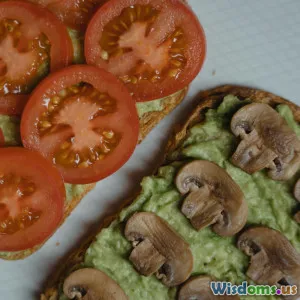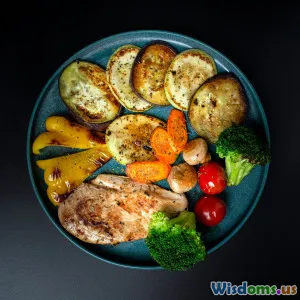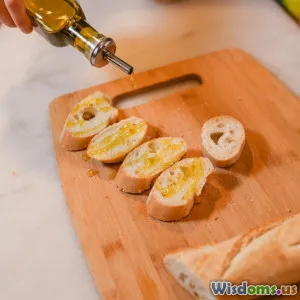
Sautéing With Less Oil Tips For Better Nutritional Value
16 min read Discover effective tips for sautéing with less oil to enhance nutritional value while keeping your meals flavorful and healthy. (0 Reviews)
Sautéing With Less Oil: Tips For Better Nutritional Value
In today's health-conscious world, home cooks are increasingly mindful about not only what they eat, but how they prepare their food. Sautéing—quickly cooking ingredients in a hot pan with a small amount of fat—can elevate flavors and textures while preserving nutrients. But often, recipes call for more oil than necessary, adding extra calories—even transforming otherwise light meals into not-so-healthy dishes. Thankfully, there are effective ways to sauté with less oil without compromising on taste or nutrition. Let’s explore practical, chef-approved strategies and culinary science to empower your next kitchen adventure.
Smarter Pan Choices For Low-Oil Cooking
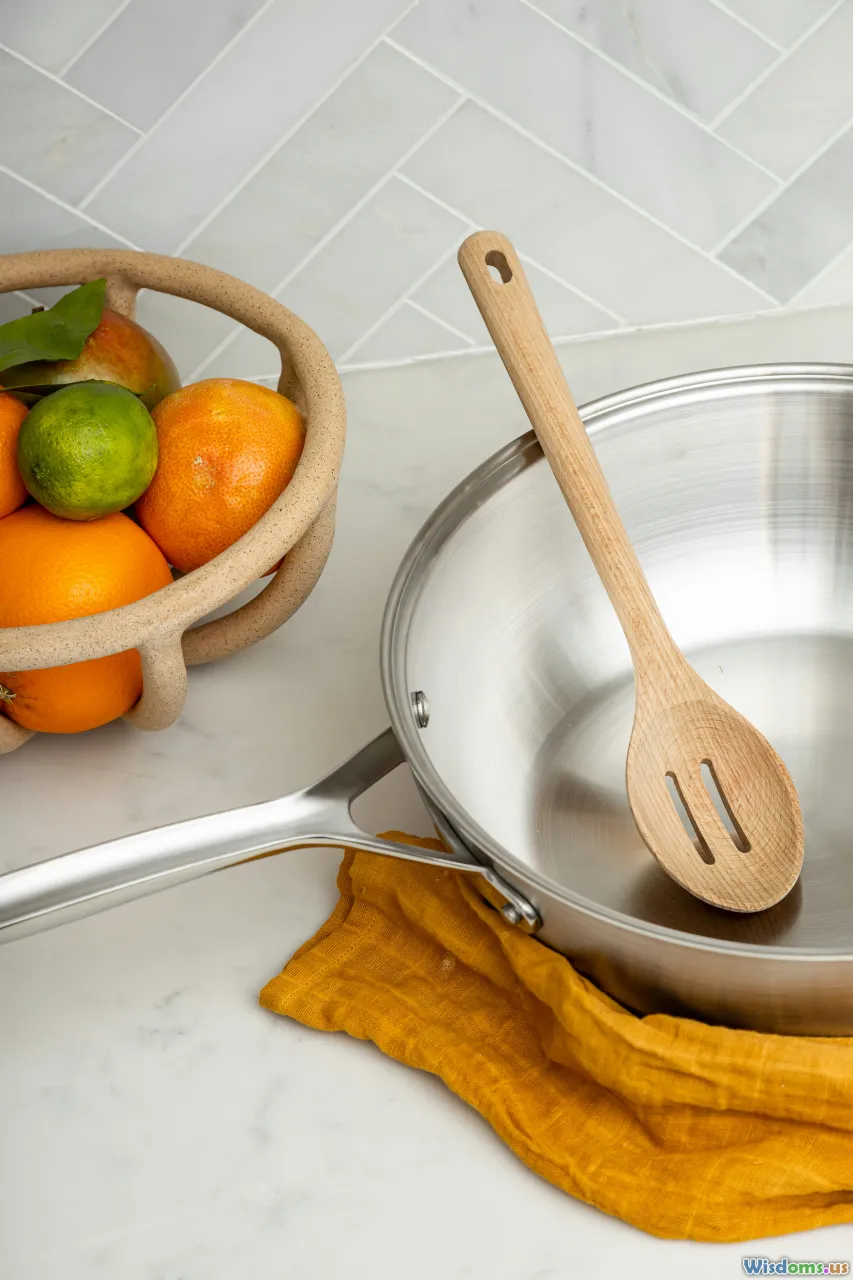
Every sauté starts with the right pan. Nonstick skillets, ceramic-coated pans, or well-seasoned cast iron are all excellent options when aiming to reduce oil usage. Their naturally slick surfaces demand less fat to prevent ingredients from sticking and burning.
Example: Compare stir-frying mushrooms in a classic stainless steel pan versus a high-quality ceramic skillet. The ceramic version lets you coat the base with less than a teaspoon of oil—a fraction of traditional amounts—yet mushrooms still caramelize beautifully without adhering to the surface.
For those using stainless steel, pre-heating is critical. A perfectly hot surface means less oil is required, as food is more likely to release properly once seared. Just be mindful not to overheat the pan to prevent burning or splattering.
Key Tip: To test pan readiness, splash a few drops of water in a hot pan. If the drops dance and evaporate quickly, you're ready to add a minimal amount of oil or even try oil-free sautéing.
Optimizing Ingredient Preparation
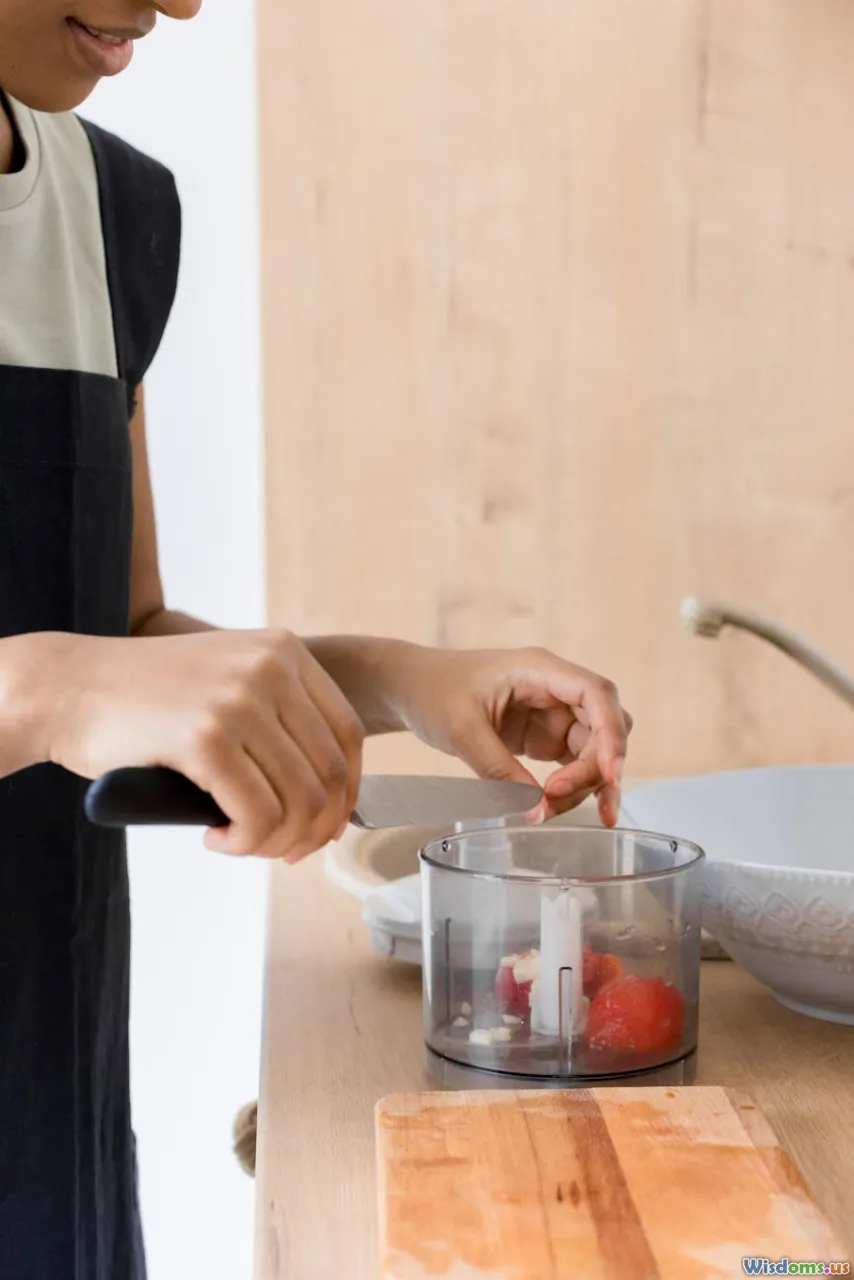
How you prep your ingredients can influence how much oil you need to sauté successfully. Cutting vegetables thinly or uniformly ensures even cooking and efficient softening, allowing you to use less fat for the same tender-crisp results.
Actionable Advice:
- Trim and slice dense items like carrots or potatoes into thin matchsticks or small dice. Thin pieces require less time and oil to reach the perfect sautéed texture.
- Blanch harder vegetables briefly before sautéing to reduce oil-needed cooking time.
- Pat produce dry with towels before adding to the pan; moisture causes food to steam (rather than sauté) and prevents proper browning with minimal oil.
Home Kitchen Example: When making a quick vegetable stir-fry, people often over-oil to compensate for irregular cuts or excess moisture. But drying mushrooms and bell peppers, and cutting everything thinly, yields better browning, with very little oil required.
Harnessing Stock And Water For Moisture
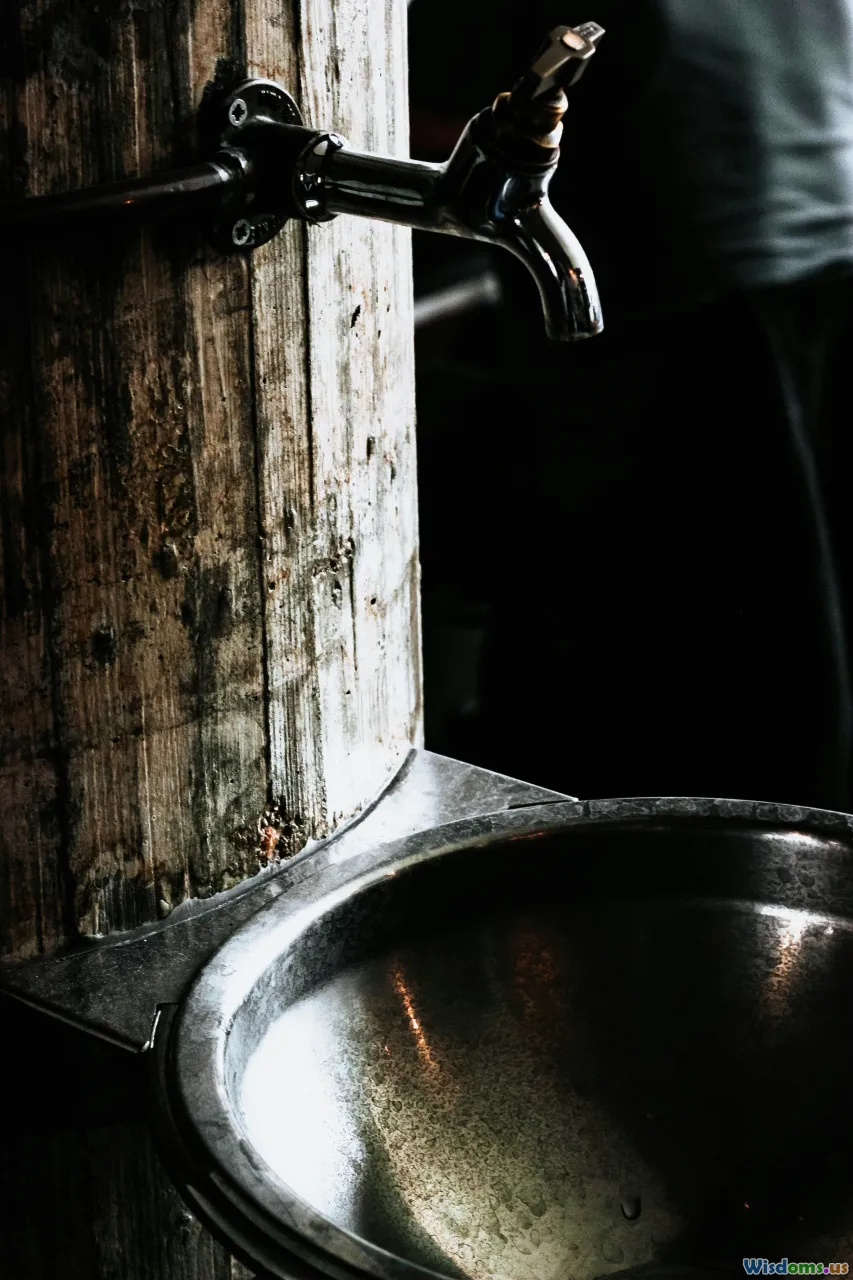
One often-overlooked method for reducing oil in sautés is to supplement or even substitute with water, vegetable stock, or wine.
Start by adding just a teaspoon or so of oil to flavor the dish, then switch to small splashes of broth or water as things cook. This ensures effective heat transfer, prevents burning, and distributes flavors without introducing excess calories.
Science Spotlight:
Sautéing's role is partially about the Maillard reaction—the browning that builds flavor. Oil is a heat conductor and flavor carrier, but it’s not the only way to achieve deliciousness. Steam from added liquids deglazes the pan and lifts natural concentrated tastes without needing additional fat.
Application Tip: When onions start to stick or brown too rapidly, deglaze the pan with a tablespoon of stock. Repeat as needed to maintain a moist environment. This "steam-sauté" process is a favorite in French cooking for getting deep flavor and softness.
Choosing Flavonoids Over Fats
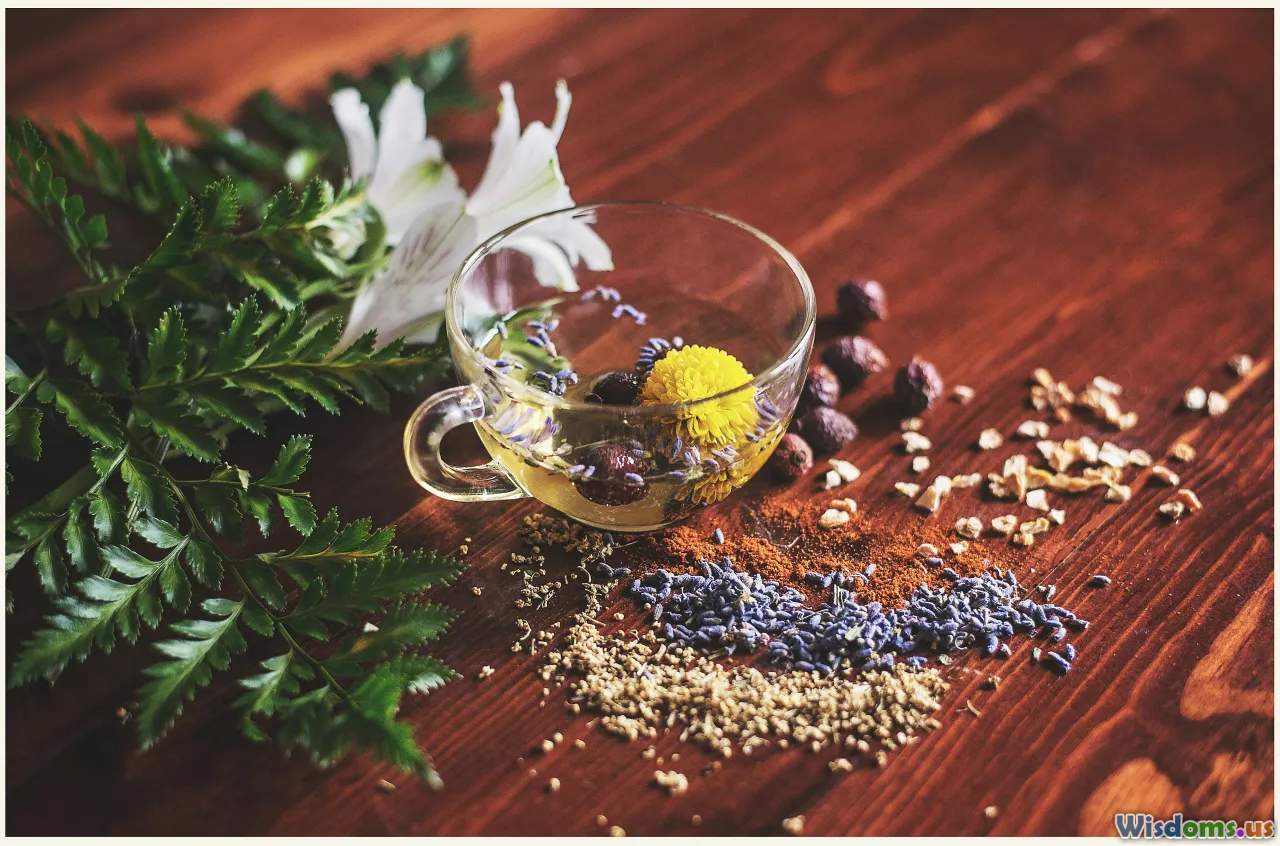
Reducing oil doesn't mean reducing flavor. Seasoning vegetables or proteins at different stages amplifies natural zest, compensating for what’s lost in reduced richness from fat.
Essential Techniques:
- Add aromatics—such as garlic, ginger, onions, or shallots—early in the sauté with your small amount of oil. These infuse the fat with intense flavors spread evenly among ingredients.
- Finish dishes with lemon juice, balsamic vinegar, or a pinch of finishing salt and pepper for brightness and depth without fat.
- Toast spices briefly at the start (using minimal oil), then build the dish atop their fragrance.
Practical Example: When sautéing zucchini and tomatoes, starting with a clove of minced garlic in ½ teaspoon of olive oil delivers a flavor base. Toss in paprika and cumin, deglaze with water as needed, then finish with lemon zest and chopped parsley. The dish bursts with flavor, not oil.
Lean On Cooking Sprays and Oil Dispensers

Precision matters when limiting oil. Prematurely pouring from a bottle can turn a teaspoon into a tablespoon very quickly.
Actionable Recommendations:
- Use a spray bottle to lightly mist the pan or food; this ensures an even, thin coating that’s hard to overdo.
- Measure oil with a teaspoon or tablespoon instead of eyeballing—a crucial tactic for calorie-conscious cooks.
- Opt for oil misters that let you control the pressure and spread of oil. These simple gadgets transform a little into a lot, coverage-wise.
Expert Tip: For re-usability and control, invest in a refillable oil mister instead of commercial aerosol sprays that contain additives. Fill with high-quality extra virgin olive oil for versatility and heart-healthy benefits.
Alternative Fat Sources and Plant-Based Sautés
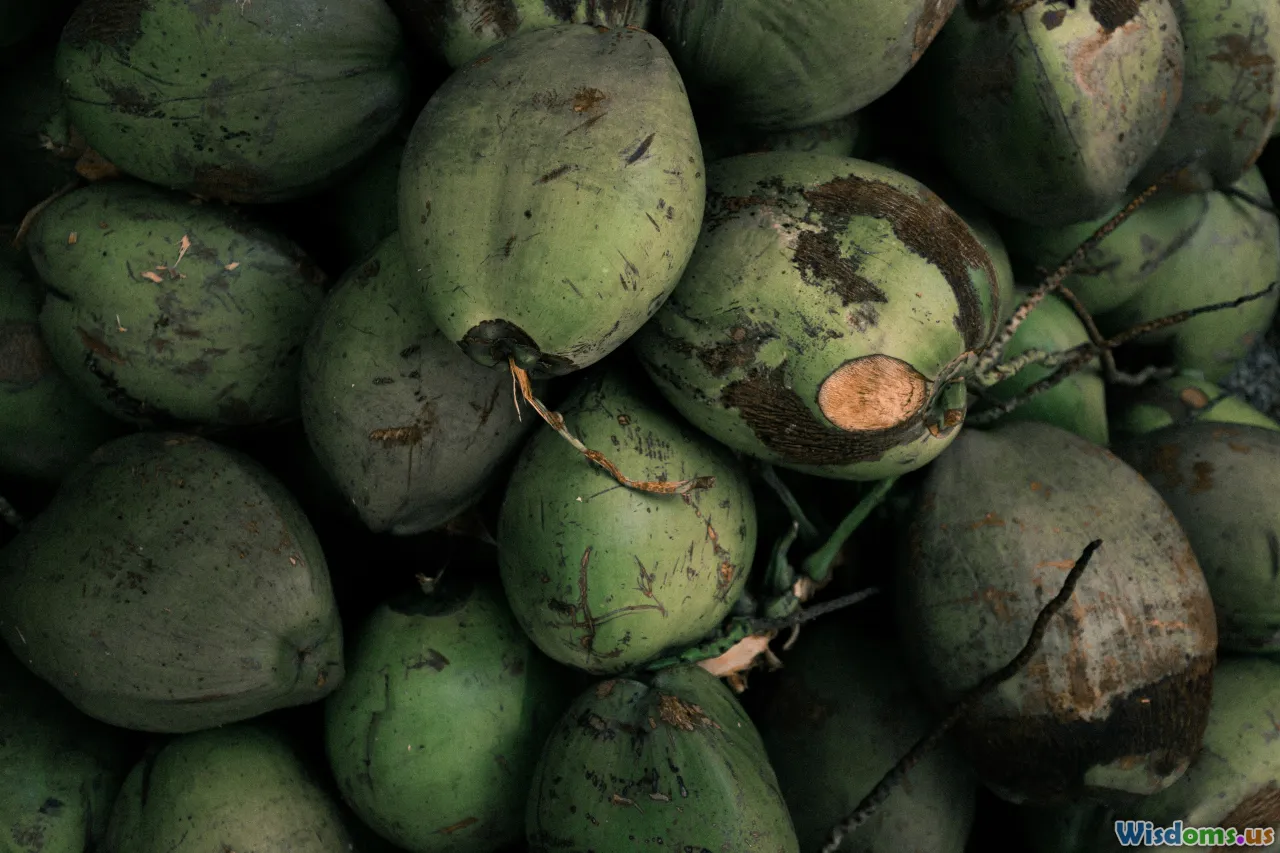
When you do use fat, opt for healthier sources and consider the fat profile:
- Olive oil: Heart-healthy monounsaturated fat, resilient to medium-heat sautéing.
- Avocado oil: High smoke point, neutral flavor, rich in omega-9s.
- Nut and seed oils: Sesame or walnut oil, used sparingly for final flavor touches.
Beyond liquid oils, whole food fats add richness naturally:
- Use chopped nuts or seeds (such as sunflower or pumpkin) tossed with greens or grains close to serving.
- Try blending avocado into a warmed sauce or dressing for sautéed vegetables to impart creaminess minus the bulk oil.
Comparative Analysis: Pan-roasting broccoli in 1 Tbsp butter vs. 1 tsp olive oil and 1 Tbsp chopped almonds delivers a similar mouthfeel and flavor punch, but with more fiber, protein, and micronutrients.
Temperature Mastery: Eliminating "More Oil For Preventing Burn" Myth
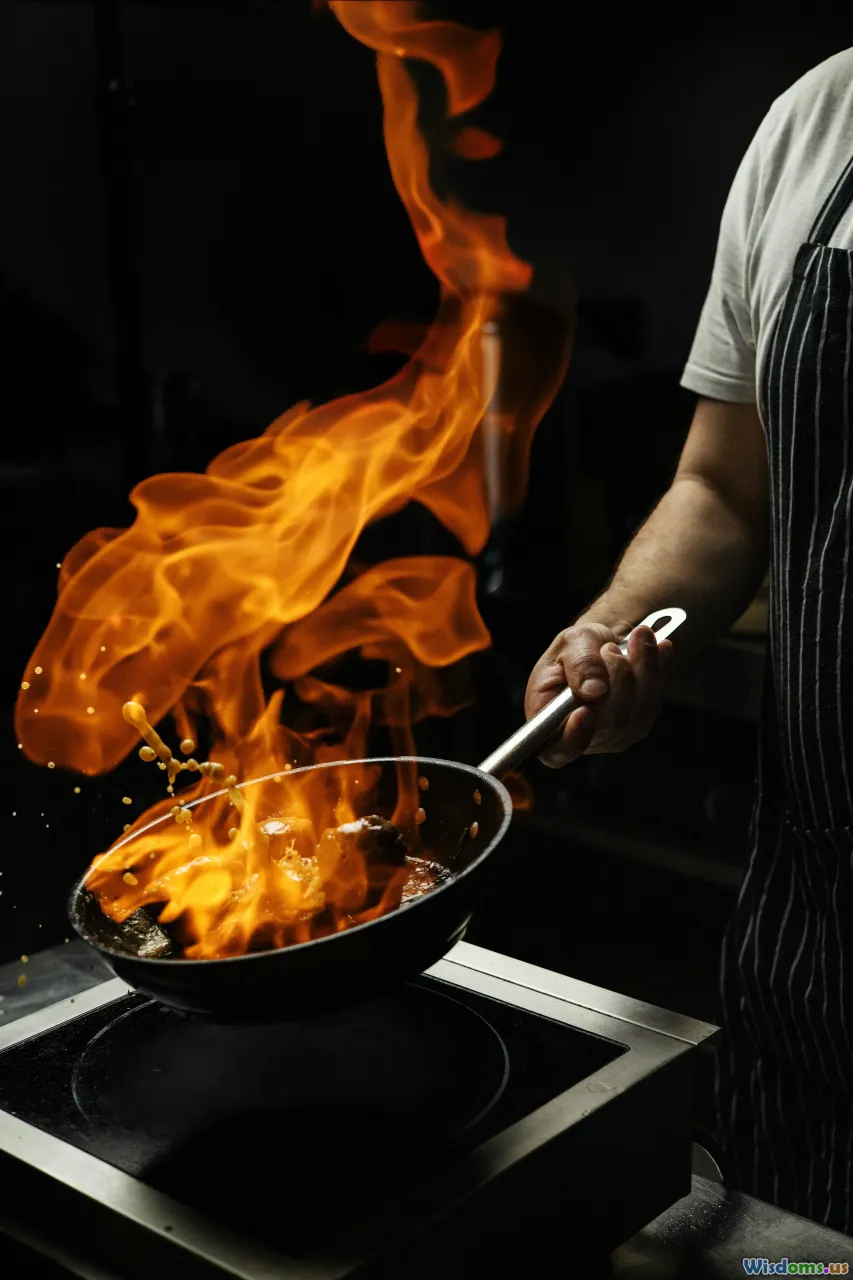
A common misconception: only generous oil prevents food from sticking or burning. In fact, efficient temperature control is the real secret.
Professional Insight: Moderately high to medium heat suits most sauté purposes. High temperatures can break down oil molecules, causing off-flavors and unhealthy compounds. Cook with less oil at the correct temperature to preserve the food’s flavor integrity—and maximize antioxidants in the oil itself.
If food begins to brown too quickly or stick, reduce the heat. Regulate not by adding more oil, but by stirring more frequently or splashing in a bit of stock or water, as discussed.
Building Umami and Satisfying Textures Without Excess Oil
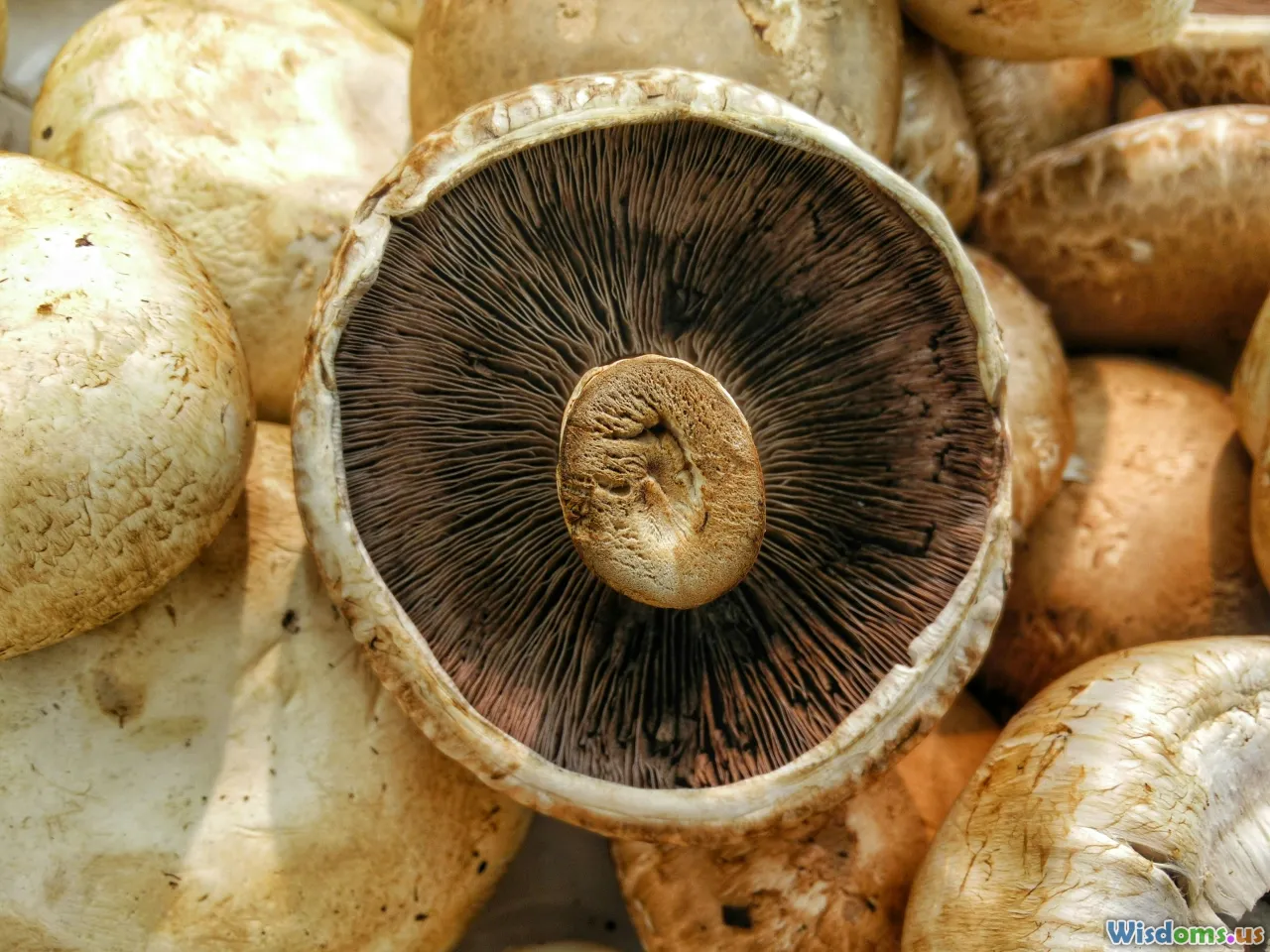
The richest flavors (think caramelized onions or sautéed mushrooms) aren’t off-limits with reduced oil—as long as you leverage umami-producing methods and ingredients.
Tips For Maximum Impact:
- Cook mushrooms or onions over medium-low heat with minimal oil, gently covering the pan to trap moisture while they soften and release their own juices. Remove the lid near the end to concentrate flavors.
- Add a teaspoon of soy sauce, Worcestershire, or a touch of tomato paste early on to boost savory depth.
Example: Half the traditional oil amount, combined with a few tablespoons of mushroom or vegetable broth, results in fantastically savory onions with fewer calories. This technique is behind many delicious French onion soups and gourmet vegan dishes.
Exploring World Cuisines For Inspiration

Globally, many traditional dishes showcase bold flavors without relying on oil. Studying these culinary practices expands your repertoire and options:
- East Asian stir-fries often use water-based sauté steps with a splash of oil only at the end.
- Italian cucina povera ("food of the poor") relies on toasting aromatics in a spoonful of olive oil and infusing flavor with broth, garlic, or wine.
- Latin American sofritos start by cooking onions, peppers, and herbs in a touch of oil, but sauces and cooking liquids add depth without added fat.
A notebook filled with multicultural fun: try Thai basil stir-fry with two teaspoons of canola oil, or a Provençal ratatouille relying more on juicy tomatoes and herbs than oil. Global exploration doesn't just fire your taste buds—it models healthful, sustainable techniques.
Nutritional Benefits: The Science of Less Oil Cooking

It’s easy to overlook how drastically oil can influence meal nutrition. One tablespoon of oil equals roughly 120 calories—little nutritional density, lots of energy load.
Scientific Evidence:
- Diets lower in added oils correlate with better heart health and lower rates of obesity. Mediterranean diets, which emphasize olive oil but in moderate amounts, highlight the benefit of quality over quantity.
- Sautéing with limited fat aids nutrient retention; less oil means less leaching of water-soluble vitamins. Plus, water and stock-based techniques can preserve polyphenols and antioxidants.
Health Perspective: For individuals managing cholesterol, blood pressure, or caloric intake, these sauté upgrades are game-changing. Small swaps—using 1 tsp of fat per batch versus 1 Tbsp—can shed hundreds of calories per week, contributing significantly to a healthy eating plan.
Sample Recipes To Try At Home
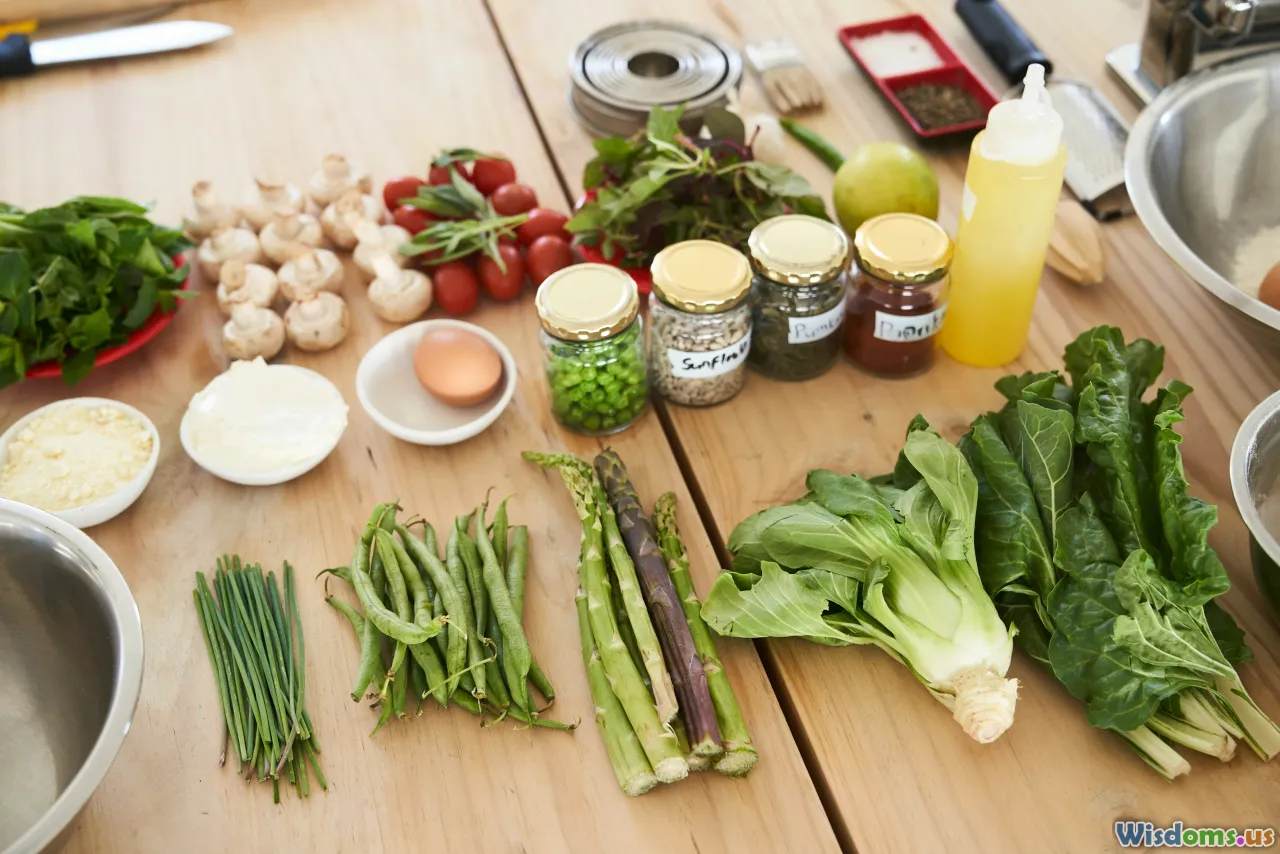
- Gingery Sautéed Bok Choy
- Spray pan with oil mister.
- Add chopped bok choy stems; cook 2-3 minutes.
- Stir in slivered garlic/ginger; finish with a splash of vegetable broth and fresh bok choy leaves.
- Season with black pepper and a few drops of soy sauce; serve immediately.
- Caramelized Onions Without The Calories
- Heat nonstick skillet; add ½ tsp avocado or olive oil.
- Add sliced onions; stir to coat. Cook on medium-low, adding 1-2 tbsp of water every few minutes when dry.
- After 25-30 minutes, onions become rich, brown and sweet, with just a drizzle of fat.
- Spanish-style Garlicky Chickpeas
- Mist pan with EVOO spray; add sliced garlic and smoked paprika, sauté for 30 seconds.
- Tip in drained chickpeas and swirl to coat in spice/oil.
- Moisten with splash of vegetable broth, finish with chopped fresh parsley and lemon zest.
These recipes deliver restaurant-level flavor, using less than a teaspoon of oil for standout character.
Refining your sautéing strategy may begin with small tweaks, but it profoundly elevates your meals. By embracing smarter cookware, perfecting ingredient prep, substituting stocks for fat, and celebrating global culinary traditions, you’ll savor more with less—and enjoy the nutritional benefits in every bite.
Rate the Post
User Reviews
Other posts in Nutrition
Popular Posts











